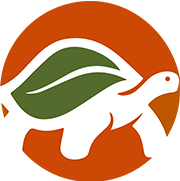The Diet of the Texas Tortoise
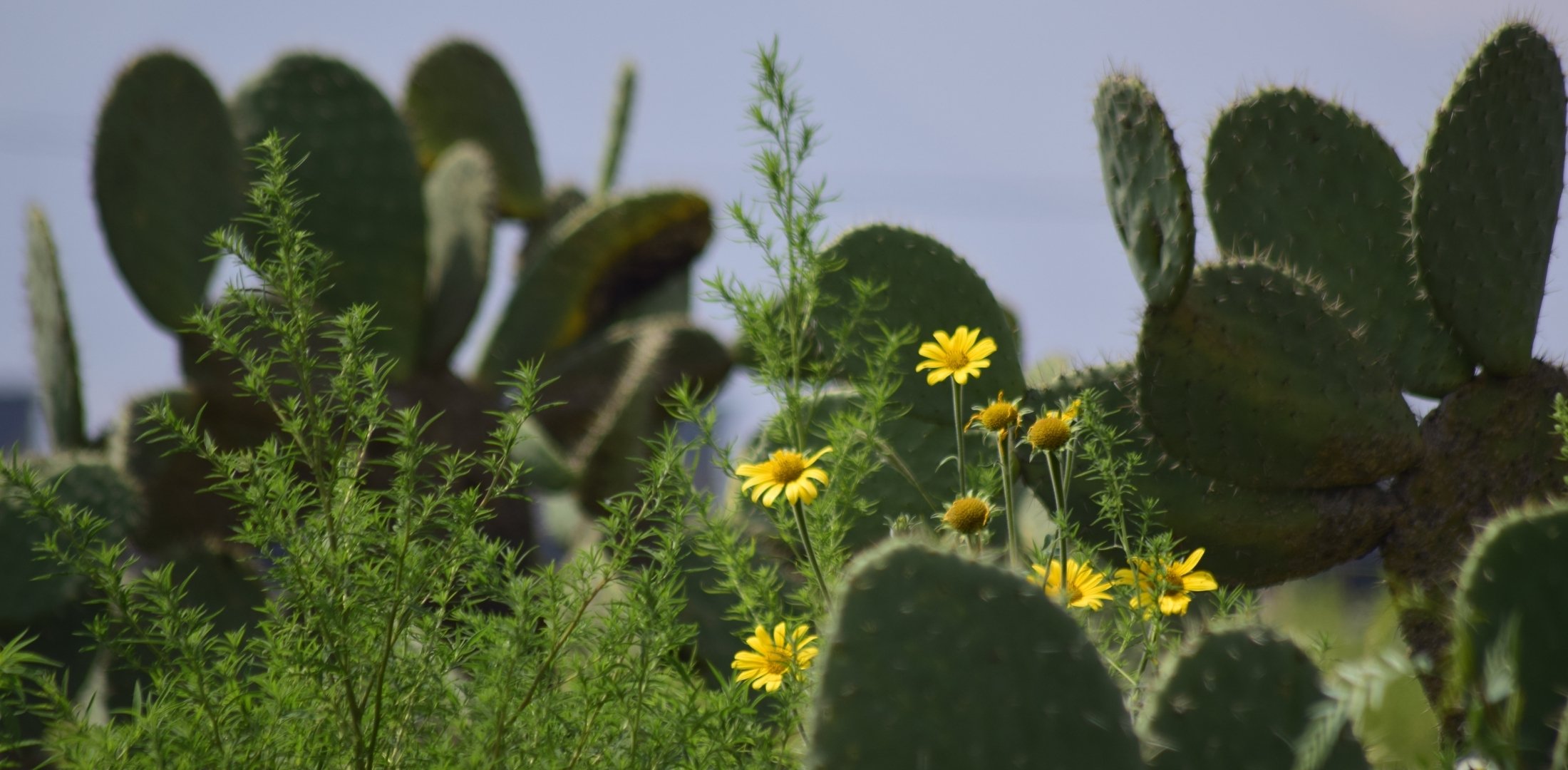
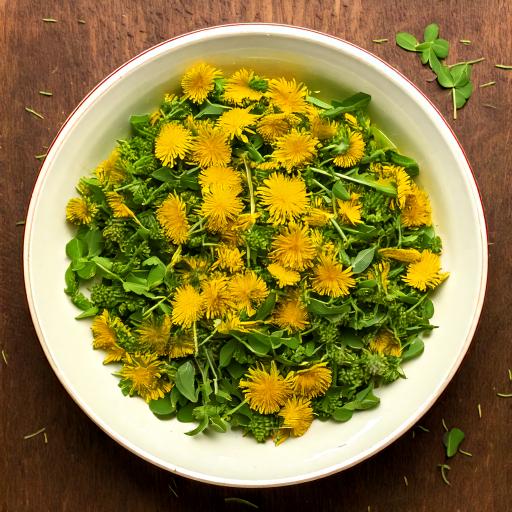
What do Texas Tortoise eat?
Texas tortoises are omnivores, and their diet includes a range of plants and small invertebrates. Here are the most common foods in their natural diet:
Plants and Grasses:
Dandelions (Taraxacum officinale): Rich in vitamins A and C, and calcium. These are commonly available in spring and summer.
Clover (Trifolium spp.): High in protein and minerals. It grows abundantly during spring and early summer.
Alfalfa (Medicago sativa): Contains essential vitamins and minerals. Found year-round in many habitats.
Cacti and Succulents:
Prickly Pear (Opuntia spp.): Texas tortoises eat both the pads (nopales) and the fruits (tunas). They are high in water content, vitamins A and C, and calcium. The spines of the nopales are typically avoided or removed by the tortoises before consumption. These are available mainly in late summer and early fall.
Other Succulents: Various species that provide hydration and nutrients like calcium and magnesium.
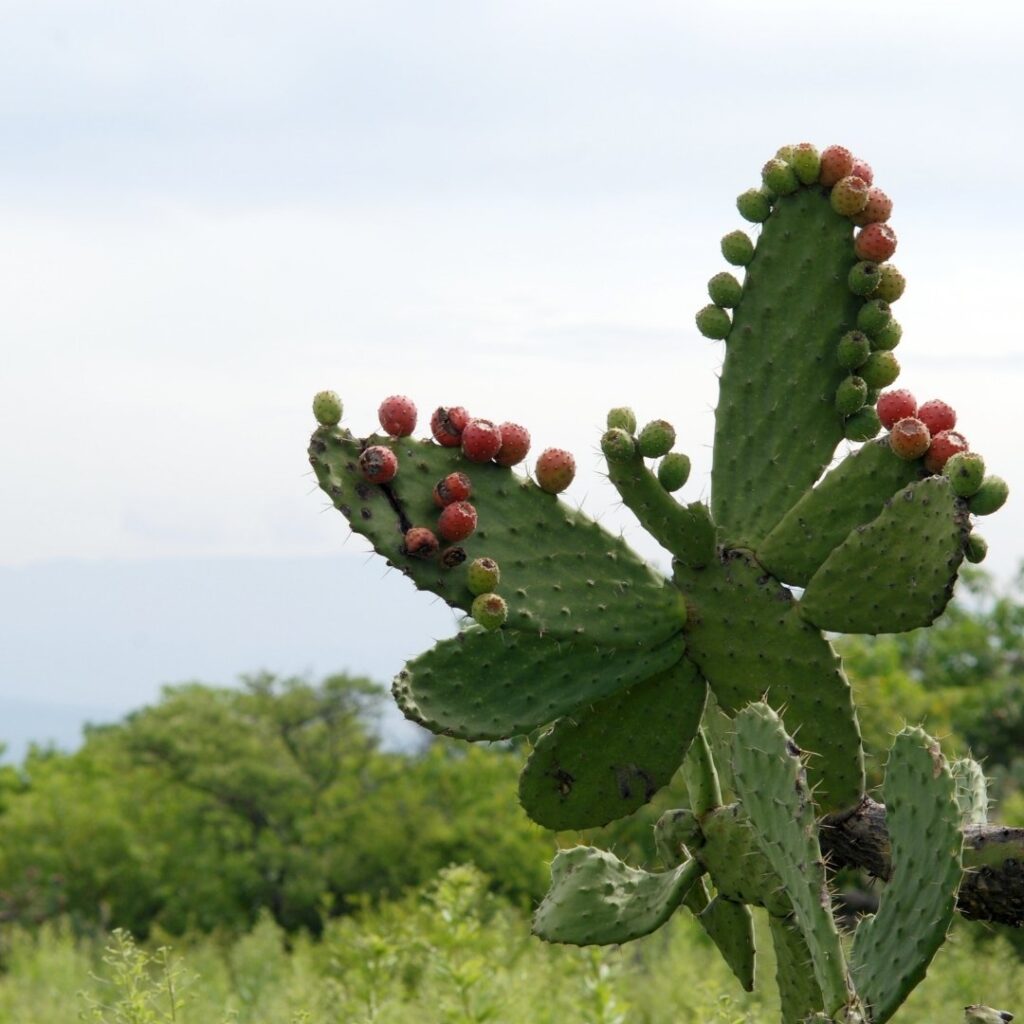
Flowers and Fruits:
Wildflowers: Such as bluebonnets (Lupinus texensis) and Indian paintbrushes (Castilleja indivisa), which bloom in spring and early summer.
Berries: Including those from plants like dewberries (Rubus trivialis), which are rich in antioxidants and vitamins, primarily found in late spring and early summer.
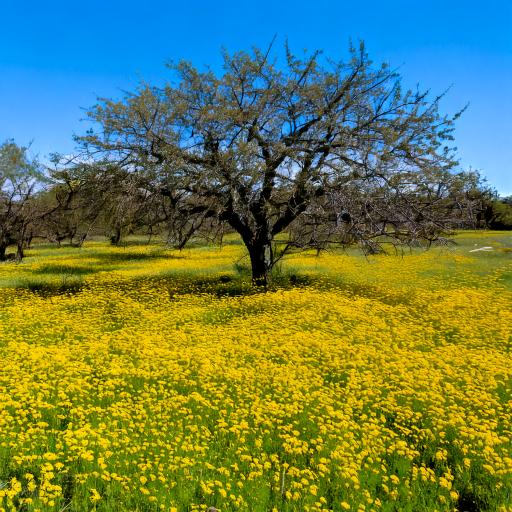
Invertebrates:
Insects: Such as beetles and ants, providing a good source of protein.
Small Invertebrates: Including earthworms and snails, which are available year-round, especially after rain.
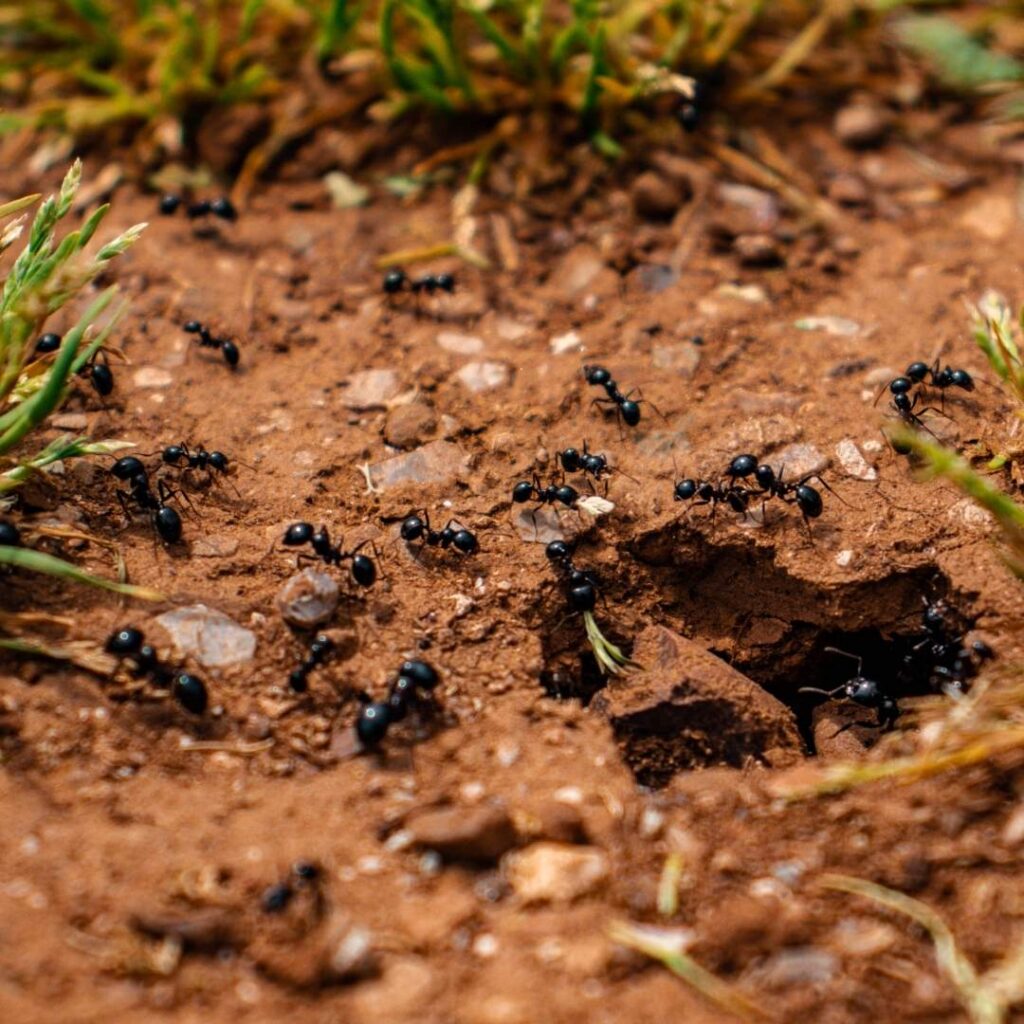
Habitat and Food Sources in Southern Texas
In southern Texas, Texas tortoises inhabit coastal areas, sandy ridges, and xerophytic scrublands. These environments provide an abundance of natural food sources:
Scrublands and Grasslands: Here, they find a variety of plants and grasses to graze on.
Areas with Cacti: Cacti and succulents are an important source of food and water for these tortoises.
Wetlands and Streams: In these areas, they can find invertebrates and aquatic plants.

Replicating the Diet in a Commercial Stores
For those who wish to keep a Texas tortoise in captivity, it’s essential to replicate their natural diet as closely as possible. Here are some food recommendations that can be found in commercial stores:
Leafy Greens:
Romaine Lettuce: Provides hydration and some vitamins.
Spinach: Rich in vitamins A, C, and K, but should be fed in moderation due to its oxalate content.
Kale: High in vitamins A, C, and calcium.
Mustard Greens: Excellent source of vitamins A, C, and calcium.
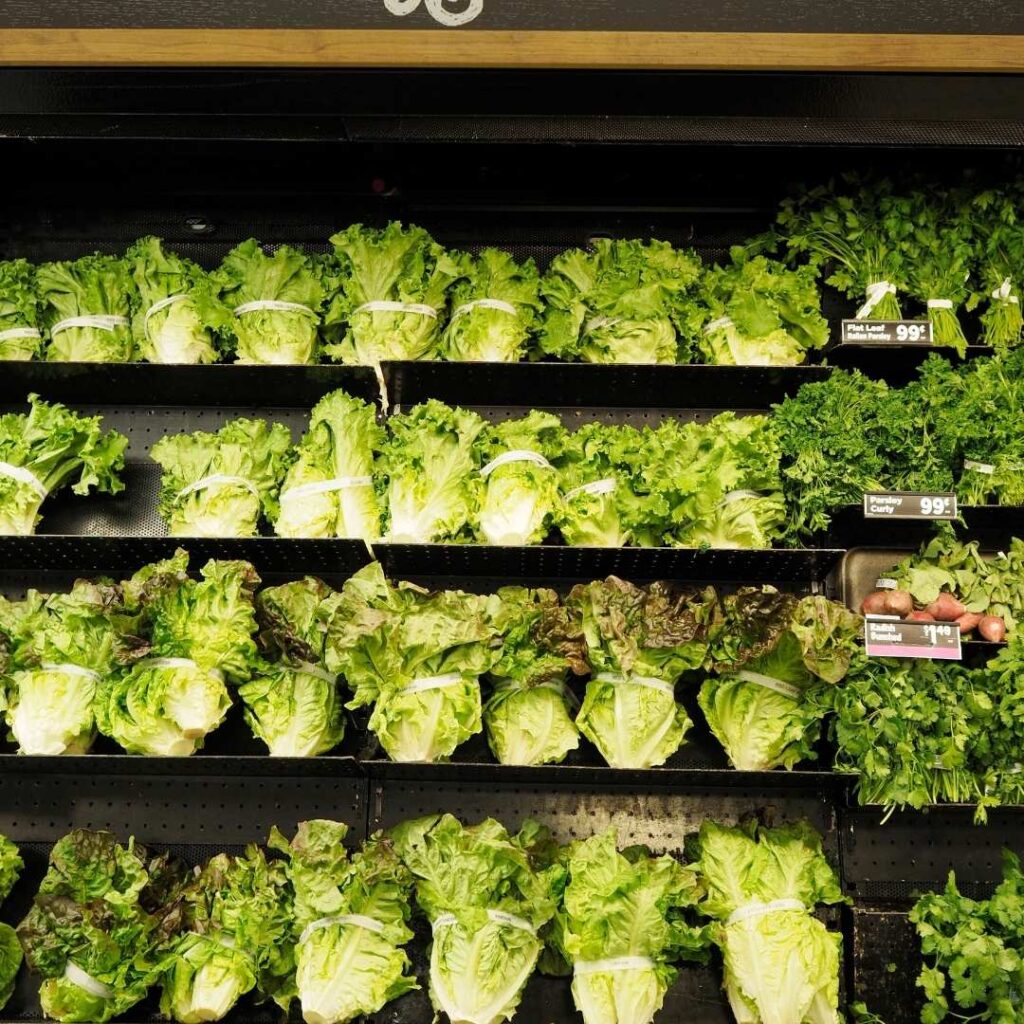
Cacti and Succulents:
Prickly Pear (Opuntia spp.): Available at garden stores or local markets. Ensure the spines are removed before feeding.
Other Succulents: Such as aloe vera, which provides hydration and nutrients.
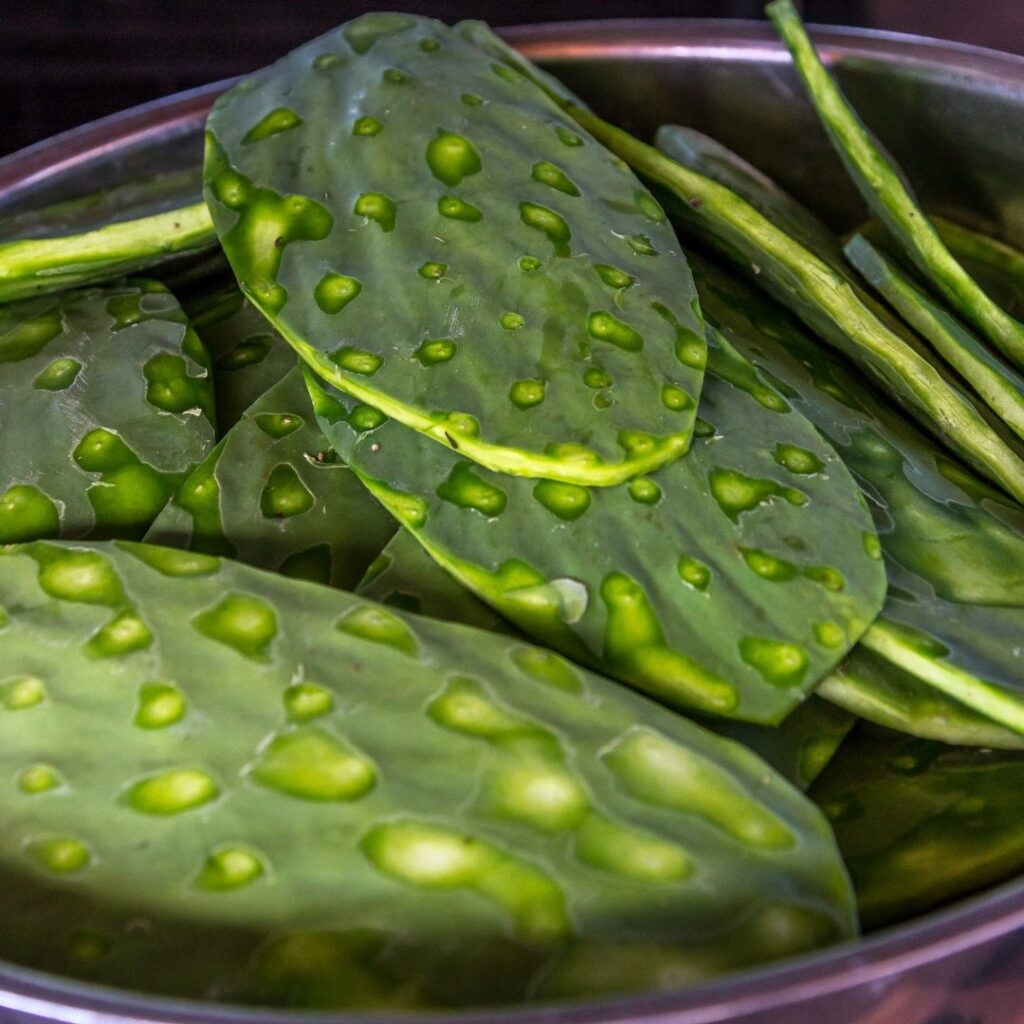
Fruits and Flowers:
Berries: Such as strawberries, blueberries, and raspberries, which are rich in vitamins and antioxidants.
Apples: Should be fed in moderation, as they are high in sugar.
Edible Flowers: Such as squash blossoms, which provide vitamins and are a tasty treat.

Calcium and Vitamin Supplements:
Calcium Supplements: Crucial for shell and bone health.
Multivitamin Supplements: Ensure complete nutrition.
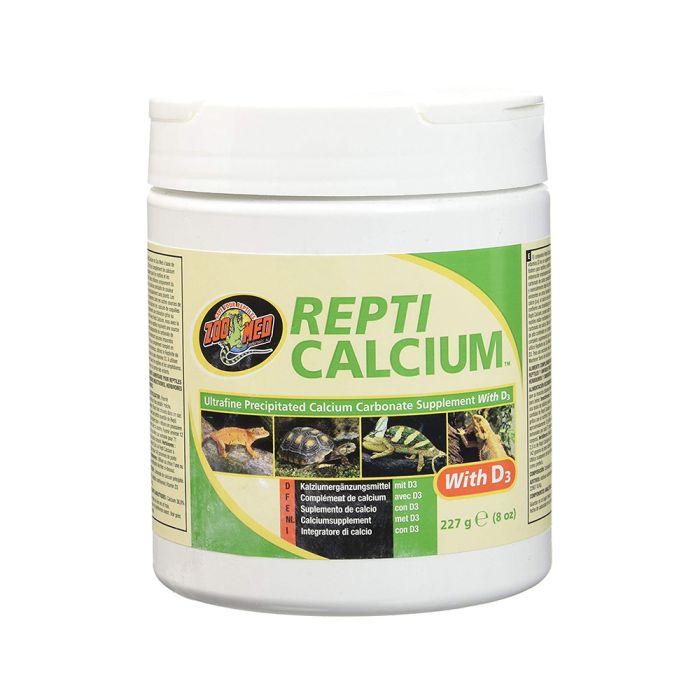
Conclusion
The diet of the Texas tortoise is varied and rich in plants, grasses, and occasionally invertebrates. In southern Texas, these tortoises find an abundance of food in their natural environment. For those who wish to keep a Texas tortoise in captivity, it’s crucial to replicate this diet with available commercial foods. By following these recommendations, you can ensure a healthy and well-balanced diet for these fascinating creatures.
